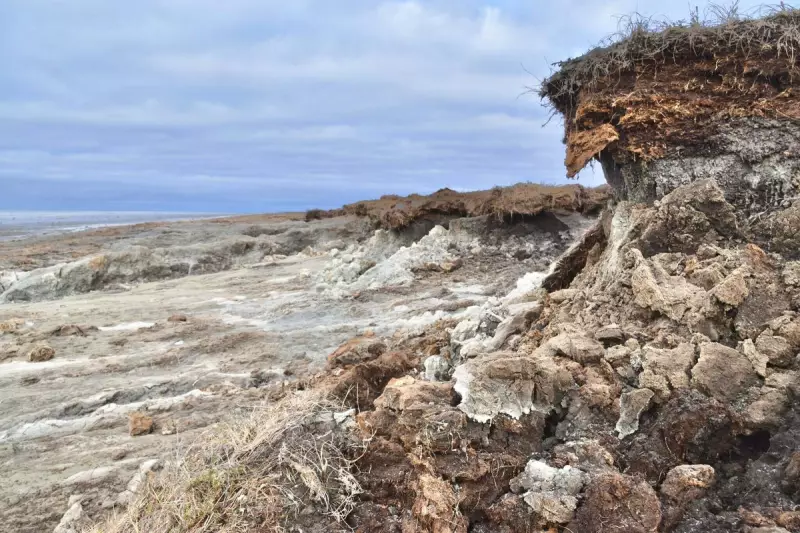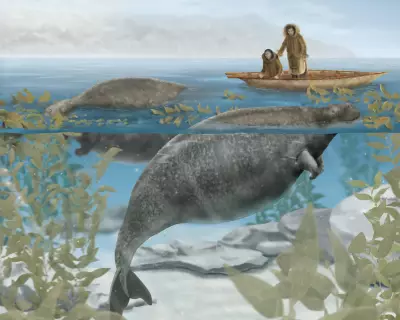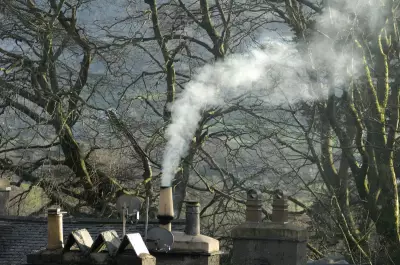
In what scientists are calling a "remarkable climate paradox," the destructive force of Typhoon Merbok has unexpectedly revealed precious archaeological treasures along Alaska's vulnerable western coastline. The massive storm, whose remnants battered the region with unprecedented power, has unearthed artefacts that had remained concealed for centuries.
Nature's Relentless Excavation
The typhoon's powerful surges scoured away layers of earth and vegetation, exposing a significant archaeological site near the Native village of Chevak. What emerged from the storm-battered landscape tells a story of human resilience and adaptation spanning generations.
"We're witnessing a dramatic acceleration of coastal erosion that's both alarming and archaeologically revealing," explained Dr. Rick Knecht, an archaeologist from the University of Aberdeen leading the recovery efforts. "While the storm caused devastating damage to modern communities, it has also given us an unprecedented window into Alaska's ancient past."
Treasures from the Tempest
Among the artefacts liberated by the storm's fury are remarkably preserved items that offer intimate glimpses into ancestral life:
- Exquisitely carved wooden masks, their features still sharp despite centuries of burial
- Intricate fishing tools and hunting implements demonstrating sophisticated craftsmanship
- Fragments of traditional clothing and ceremonial objects
- Well-preserved organic materials rarely surviving in archaeological contexts
These discoveries are particularly significant because they originate from a period when European influence was first reaching Alaska's remote communities, capturing a pivotal moment in cultural history.
Race Against Time and Elements
Archaeologists now face a critical challenge: recovering these vulnerable artefacts before they're lost to the elements or further erosion. The exposed objects, having been protected by the frozen ground for generations, are now deteriorating rapidly in the open air.
"We're in a rescue archaeology situation," Dr. Knecht emphasised. "These items survived hundreds of years only to be threatened now. Every tide, every storm could damage or destroy them forever."
Climate Change's Double-Edged Sword
The discovery highlights the complex relationship between climate change and archaeological preservation. While rising temperatures and intensifying storms threaten countless coastal sites worldwide, they're simultaneously revealing others that have remained hidden until now.
For Alaska's Native communities, these findings represent more than historical curiosities—they're tangible connections to ancestors and cultural traditions that have endured despite enormous challenges.
As recovery teams work against time and weather, each artefact recovered tells a story not just of survival, but of the enduring spirit of Alaska's original inhabitants—a spirit that, like these recently revealed treasures, continues to emerge despite the forces arrayed against it.





